TABLE 15-5
What are the factors that determine the acceleration time (in sec.) from 0 to 60 miles per hour of a car? Data on the following variables for 171 different vehicle models were collected:
Accel Time: Acceleration time in sec.
Cargo Vol: Cargo volume in cu. ft.
HP: Horsepower
MPG: Miles per gallon
SUV: 1 if the vehicle model is an SUV with Coupe as the base when SUV and Sedan are both 0
Sedan: 1 if the vehicle model is a sedan with Coupe as the base when SUV and Sedan are both 0
The regression results using acceleration time as the dependent variable and the remaining variables as the independent variables are presented below.
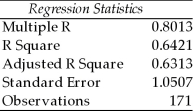 ANOVA
ANOVA

 The various residual plots are as shown below.
The various residual plots are as shown below.
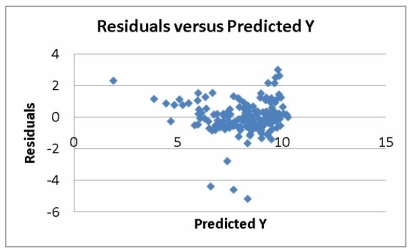
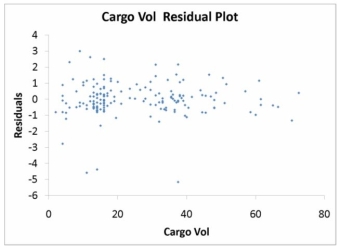
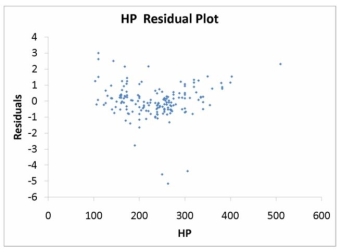
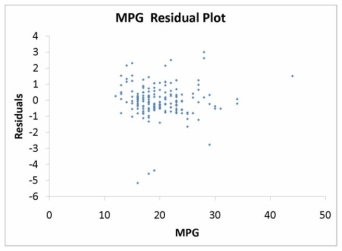
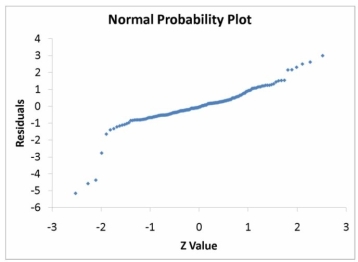 The coefficient of partial determination (
The coefficient of partial determination (  ) of each of the 5 predictors are, respectively, 0.0380, 0.4376, 0.0248, 0.0188, and 0.0312.
) of each of the 5 predictors are, respectively, 0.0380, 0.4376, 0.0248, 0.0188, and 0.0312.
The coefficient of multiple determination for the regression model using each of the 5 variables as the dependent variable and all other X variables as independent variables (  ) are, respectively, 0.7461, 0.5676, 0.6764, 0.8582, 0.6632.
) are, respectively, 0.7461, 0.5676, 0.6764, 0.8582, 0.6632.
-Referring to Table 15-5, ________ of the variation in Accel Time can be explained by Cargo Vol while controlling for the other independent variables.
Definitions:
Screening Candidates
The process of evaluating prospective employees' backgrounds, skills, and qualifications to determine their suitability for a position before selecting them for an interview.
Recruiters
Recruiters are professionals who seek out, interview, and screen applicants to fill existing and future job openings within a company or organization.
Social Capital
The networks of relationships among people who live and work in a particular society, enabling that society to function effectively.
Intellectual Capital
The intangible value of a business's knowledge, experience, and ideas.
Q14: Referring to Table 12-5, what is the
Q15: Referring to Table 15-5, what is the
Q34: Photorespiration is<br>A) not a problem, because oxygen
Q43: A supplier of silicone sheets for producers
Q55: Referring to Table 12-9, what is the
Q56: Referring to Table 14-8, the critical value
Q60: The fairly regular fluctuations that occur within
Q62: Referring to Table 15-5, the error appears
Q163: Referring to Table 13-4, the managers of
Q195: Referring to Table 13-11, there appears to